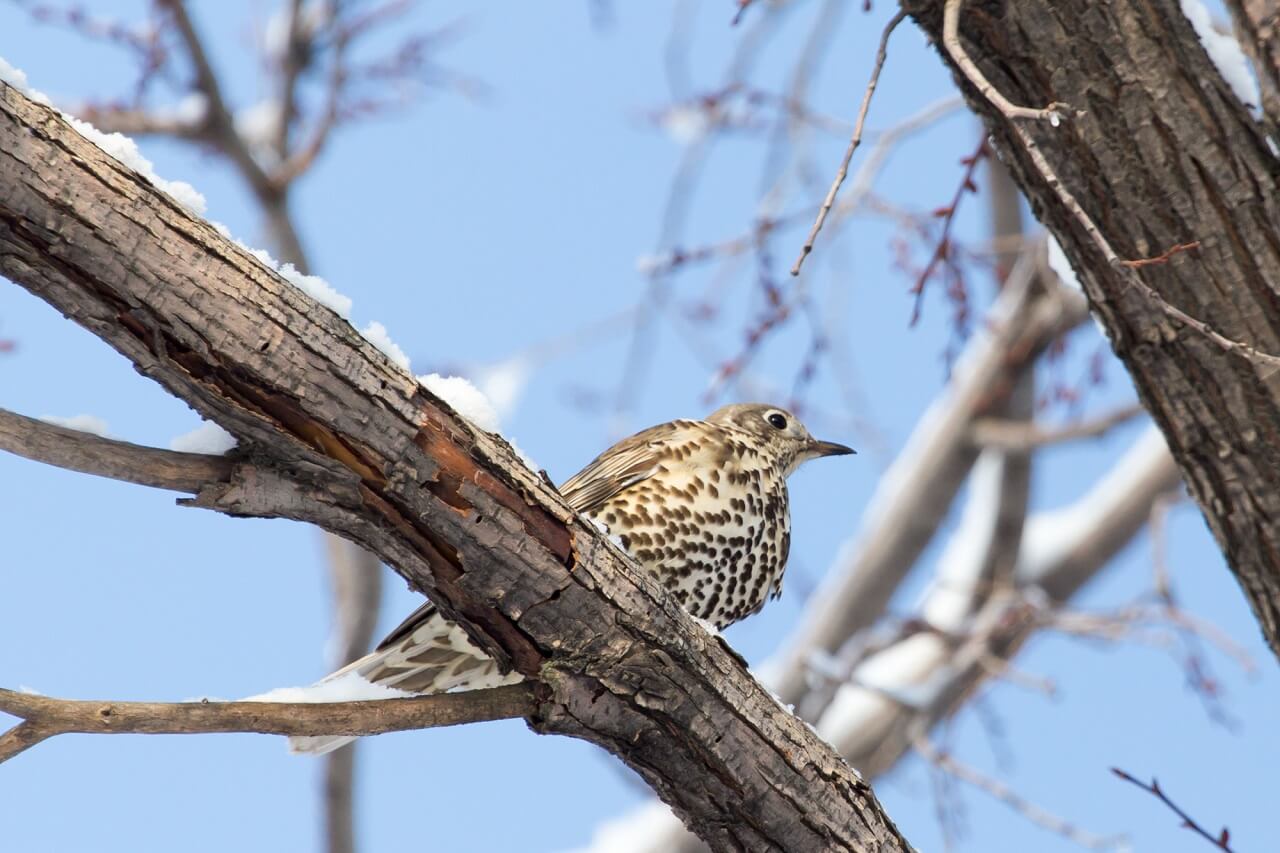Many species of cuckoo are known for leaving their eggs in the nests of other birds. This behavior represents a type of symbiosis, or a symbiotic relationship. So, what is a symbiotic relationship, you ask? What is the relationship between cuckoos and warblers? Keep reading! In this article, we’ll discuss warblers and cuckoos, their symbiotic relationship, and any questions you may have on the topic. Ready to get started?
What You'll Learn Today
What is a Symbiotic Relationship?

A symbiotic relationship is any relationship that exists between different species of organisms, from tiny bacteria up to large mammals. Of course, this is a very broad definition, so symbiotic relationships can be further broken down into three main types, as discussed in this helpful article from The Brain Bank.
The three types of symbiotic relationships are:
- Mutualistic symbiosis: This type of symbiotic relationship occurs when both species benefit from the relationship. For example, the symbiotic relationship between acacia trees and stinging ants is considered mutualistic because the ants receive food and shelter from the trees, while the trees are protected from other insects and animals that would feed on the trees but avoid them because of the ants.
- Parasitic symbiosis: This type of symbiotic relationship features one species that benefits from the relationship and another that is harmed by it, and it usually contains a parasite and a host. A good example of parasitic symbiosis is the parasitoid wasp laying its eggs on or inside host insects such as caterpillars and bees. When the wasp larvae hatch from the eggs, they eat the host insect alive, slowly and painfully killing it.
- Commensal symbiosis: This type of symbiotic relationship benefits one of the species involved, while the other is neither harmed nor benefited. The relationship between liparid fish and stone crabs is considered commensal: the fish are protected and transported by clinging to the shells of the crabs, while the crabs neither gain nor lose anything from the relationship.
In the bird kingdom, a well-known symbiotic relationship exists between cuckoos and warblers. We’ll discuss that relationship in greater detail below.
What is the Symbiotic Relationship Between Cuckoos and Warblers?

First, it’s worth noting that there are many species of cuckoo and not all of them have this symbiotic relationship with other birds.
While many species of cuckoo build their own nest and raise their own young, some species do not. Instead, the mother cuckoo will find host birds and lay her eggs in their nests, leaving them for the host bird to care for.
In many parts of the world, the cuckoo’s host bird of choice is the warbler. These small songbirds don’t seem to recognize the difference between their own eggs and young and those of the cuckoo.
When the cuckoo mother has chosen her host nest, she will often chase the warbler mother away from the nest or wait until she has left on her own; then, the cuckoo mother will go and lay one egg in the nest.
When the mother warbler returns, she will incubate the egg with her own eggs until it hatches, then feed it and raise it along with her own babies.
But being raised alongside the warbler chicks isn’t enough for the cuckoo babies.
Young cuckoos are generally much larger than warbler eggs and babies. The cuckoo chicks will use their strong legs and backs to thrust warbler eggs and young out of the nest–that way, the cuckoo receives all of the food and care from the mother warbler.
Even after this occurrence, the warbler will raise the cuckoo as her own baby, even when the baby grows much larger than her. She will have to work extra hard to provide the ravenous young cuckoo with enough food until the baby has finally grown enough to leave the nest for good.
Check out this video of the interaction between cuckoos and warblers, from the baby cuckoo pushing warbler chicks from the nest to the mother feeding a chick much larger than herself.
Are Cuckoos Parasites to Warblers?
Yes–cuckoos that lay eggs in warbler nests are known as brood parasites. The relationship between cuckoos and warblers is a classic example of parasitic symbiosis because the cuckoo is the sole benefactor in the relationship.
Nothing about the symbiotic relationship between cuckoos and warblers benefits the warblers. All of the mother warbler’s eggs and young are killed; meanwhile, the cuckoo is able to continue its species without doing any work of building their own nests or raising their own young.
It remains unclear why the warblers will continue to care for cuckoo babies even after all their own young have been pushed from the nest; most likely, the warbler mother simply doesn’t recognize the cuckoo chick as being foreign.
This may be why cuckoos so commonly choose warblers as their host birds–many other bird species would recognize the difference between the cuckoo chick and its own young and would abandon the foreign baby.
Conclusion
The symbiotic relationship between warblers and cuckoos is known as brood parasitism–the cuckoo lays its eggs in warblers’ nests, and the young cuckoo chick pushes the warbler’s eggs and young out of the nest.
Though the warblers are harmed by this relationship, they appear not to recognize the difference between the cuckoo chick and their own young, so they will raise the young cuckoo as their own.
Does the cuckoo choose it’s host nest, also, because of the similar colouring of the warbler’s eggs to it’s own